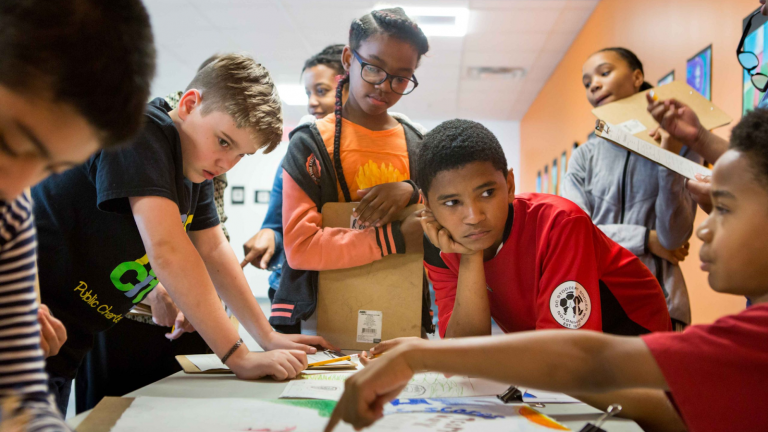
School Context: Bishop Woods is a K-8, Title 1 public magnet school located in New Haven, CT, with an architecture and design theme. Although traditionally a neighborhood school located outside the city center, the school transitioned to magnet status in 2016. The school was designated a Magnet Schools of America School of Excellence in 2020. Through partnerships with local organizations, Bishop Woods is able to enhance programming for students - through integrated units of study, additional programming that enhances the school magnet theme, wrap around social emotional services, and after school programming. Approximately one third of graduating students attend a New Haven magnet school, one third a neighborhood school, and one third a regional technical high school.
Curricular Context: K-8, All grade levels, interdisciplinary
Overarching Goal: By developing schoolwide projects to improve the Outdoor Learning Program at Bishop Woods:
- Students will become more connected to the spaces and develop ownership and stewardship of the school grounds
- School staff will build individual capacity and increase teaching and learning opportunities outdoors
- Families will build understanding of the outdoor program at Bishop Woods and will support school efforts
Project: GREEN-OVATION
As part of this overarching goal, the 8th grade unit described here focuses on GREEN INFRASTRUCTURE and SOIL QUALITY.
Environment
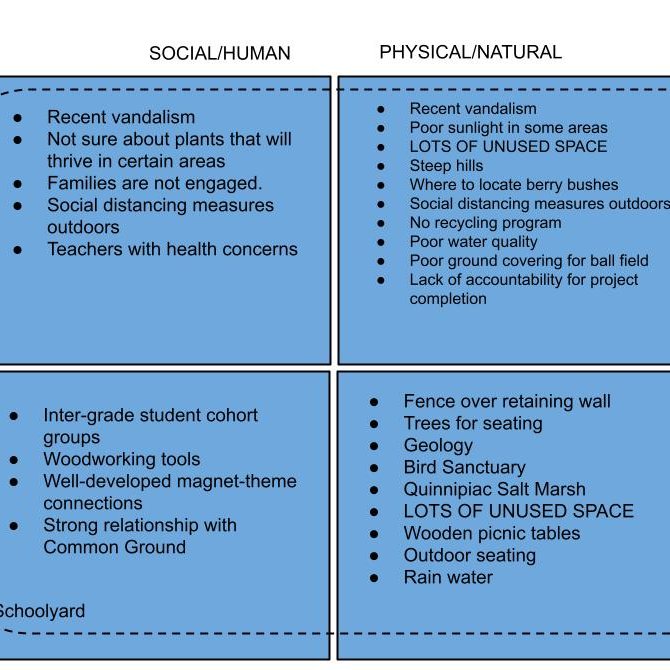
Bishop Woods is a K-8 magnet school located in New Haven, CT, with an architecture and design theme. The school property has a large amount of outdoor space and backs onto a bird sanctuary.
Its physical assets include its geology, existing garden and habitat space, being next door to a bird sanctuary, outdoor seating and tables, proximity to the Quinnipiac Salt Marsh, and rainwater.
Social assets include a strong outdoor team, inter-grade student cohort groups, well-developed magnet-theme connections, the availability of woodworking tools, and a strong relationship with Common Ground, a community partner and supporter of outdoor learning at the school.
Challenges include soil quality, poor sunlight in some areas, steep hills, poor water quality, and lack of accountability for project completion.
Unused space on the school property was seen as both an asset and a challenge as we developed this project.
We hoped that this project would help students become more connected to the outdoor spaces at the school and develop ownership and stewardship of the school grounds.
Expectations
Guiding Questions:
- What does it mean to be a positive member of our outdoor community?
- How can we use the outdoor space to enhance overall learning at Bishop Woods?
- How can the outdoor learning space be more environmentally sustainable?
- How can problems observed in the physical aspects of Bishop Woods Campus be solved using the design cycle?
In the 8th grade, we focus on applying the design cycle to create and evaluate an innovation that will improve the sustainability of our schoolyard habitat.
Science:
- MS-PE-ETS1-1
- Define a design problem that can be solved through the development of an object, tool, process or system and includes multiple criteria and constraints, including scientific knowledge that may limit possible solutions.
- MS-PE-ETS1-2
- Evaluate competing design solutions using a systematic process to determine how well they meet the criteria and constraints of the problem.
- MS-PE-ETS1-3
- Analyze data from tests to determine similarities and differences among several design solutions to identify the best characteristics of each that can be combined into a new solution to better meet the criteria for success.
- MS-PE-ETS1-4
- Develop a model to generate data for iterative testing and modification of a proposed object, tool, or process such that an optimal design can be achieved.
ELA & Math:
- CCSS.ELA-LITERACY.RST.6-8.7
- Integrate quantitative or technical information expressed in words in a text with a version of that information expressed visually (e.g., in a flowchart, diagram, model, graph, or table).
Students will use skills developed in Math, Language Arts, and Science to develop, document, analyze, and communicate their design ideas visually and orally to an audience of their younger peers (3rd graders) using a CLAIM, EVIDENCE, REASONING format whenever possible.
Additional Resources:
- NGSS
- NGSS Standards PE sk5
- NGSS by DCI
- SS Guiding Principles
- CT SS Framework
- Nat'l C3 SS Framework
- Common Core
- ISTE Technology Standards for Students
- Learning for Justice Social Justice Standards
- CASEL SEL Framework
Exhibition
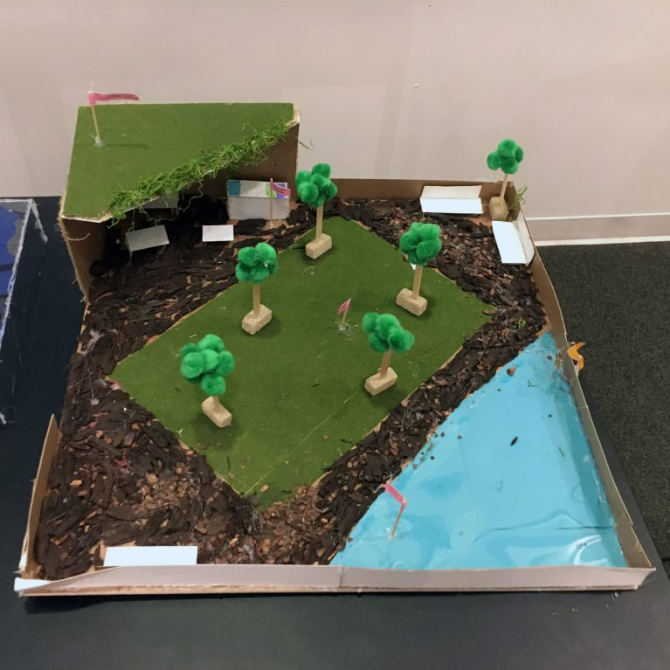
Green Infrastructure
- Individual projects - Students will use the design process (ask, imagine, plan, create, and improve) to design an innovation to be installed in schoolyard habitat to promote GREEN INFRASTRUCTURE (examples below).
- Culminating event - GREEN-OVATION CONFERENCE TALKS
- Audience - Grade 3, Grade 8, K-8
Impact of student involvement:
- Students will:
- Use the design process to develop a solution to a real world problem.
- Discuss with a high school student, college student, or working professional to get feedback about their DESIGN PLAN.
- Present their DESIGN PLAN to 3rd Grade students to share their gained knowledge and encourage future student involvement in developing the schoolyard habitat.
- 6 As
- Academic rigor - students think like scientists to create, evaluate, and improve their designs.
- Adult connections
- Authenticity - connected to the green infrastructure of the schoolyard habitat.
- Applied learning - students design an innovation or change to the existing structures of habitat
- Active exploration - exploration of the habitat to find areas that can be improved using green infrastructure
- Assessment - students create design plans and hands-on models to demonstrate how their innovation will improve the sustainability of the schoolyard habitat.
Example of directions for projects:
- Minimizes natural resource depletion (quality/quantity)
- Collecting and using rainwater for non-consumption purposes (e.g. green roof to collect irrigation water).
- Promoting use of non-fossil-fuel-based transportation (e.g. providing bike racks, reducing the number of parking spaces, or other techniques that do not include using renewable energy sources).
- Decreasing fossil fuel consumption by using local materials.
- Reducing conversion of land area to impervious surfaces.
- Maximize available flow rate from dam or through culvert.
- Promoting water and/or energy efficiency practices (e.g. water efficient landscaping)
What Lies Beneath the Surface website
Experience
Week 1/2: What is SOIL QUALITY? 8th Graders will investigate important indicators of soil quality, including physical, chemical, and biological characteristics.
Students will begin by building a water filter using a cut and inverted soda bottle filled with various components to aid in removing dirt from ground water. Students will learn that components that exist in the soil at the top of the filter DO NOT make it to lower layers of the soil/filter.
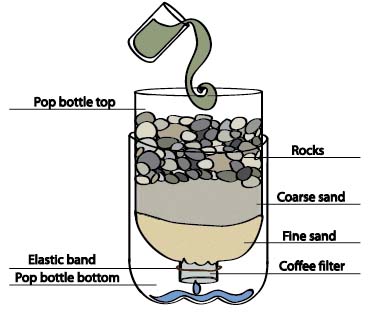
8th Grade students will select important aspects of soil quality to measure in our habitat and will work with 3rd Grade students to depict them in simple drawings that will be later painted on our LIFE UNDERGROUND MURAL. (SCIENCE/ART)
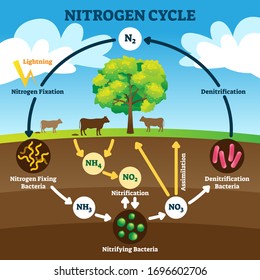
Week 3: What is GREEN INFRASTRUCTURE? 8th Graders will examine ways that New Haven has changed over the years and has implemented GREEN INFRASTRUCTURE to reduce environmental impacts. The staff of the Urban Resources Initiative at the Yale School of the Environment will work with our students to discuss important ways in which New Haven is working to reduce human impact. (SS)
High school students, college students, and working professionals will help introduce our students to improvements that have been made around New Haven to make it more environmentally advantageous. (See example below of a bioswale outside of a New Haven Public School).
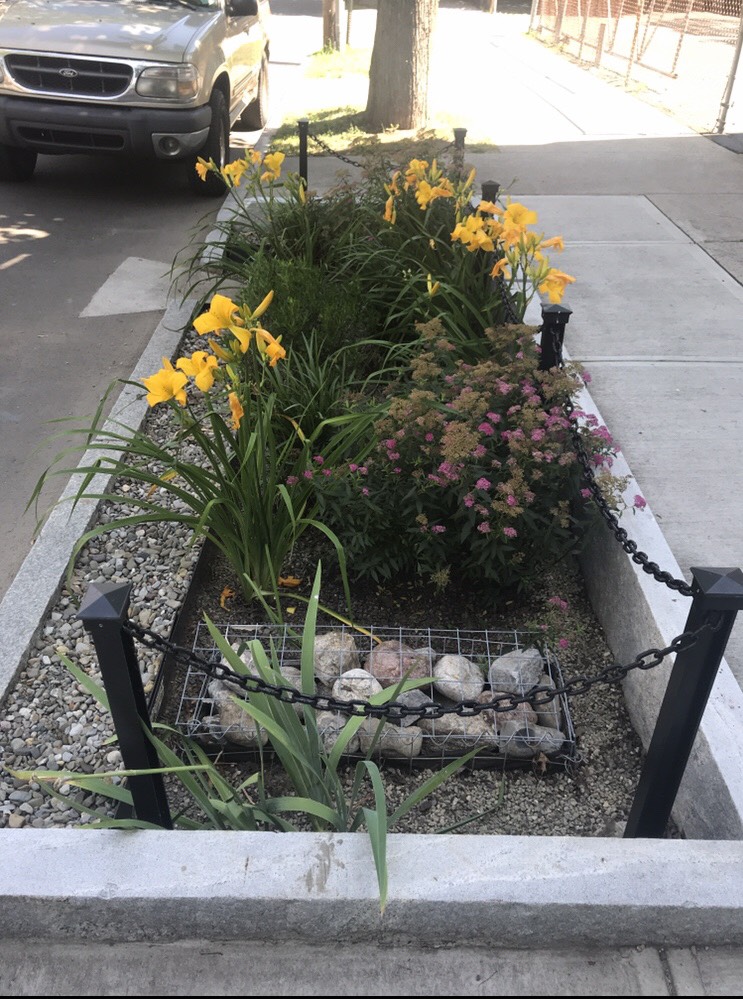
Week 4: Design plan for GREEN INFRASTRUCTURE INNOVATION.(SCIENCE/MATH)
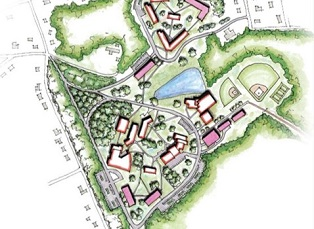
Week 5/6: Appropriately SCALED 3-D MODEL. (MATH)
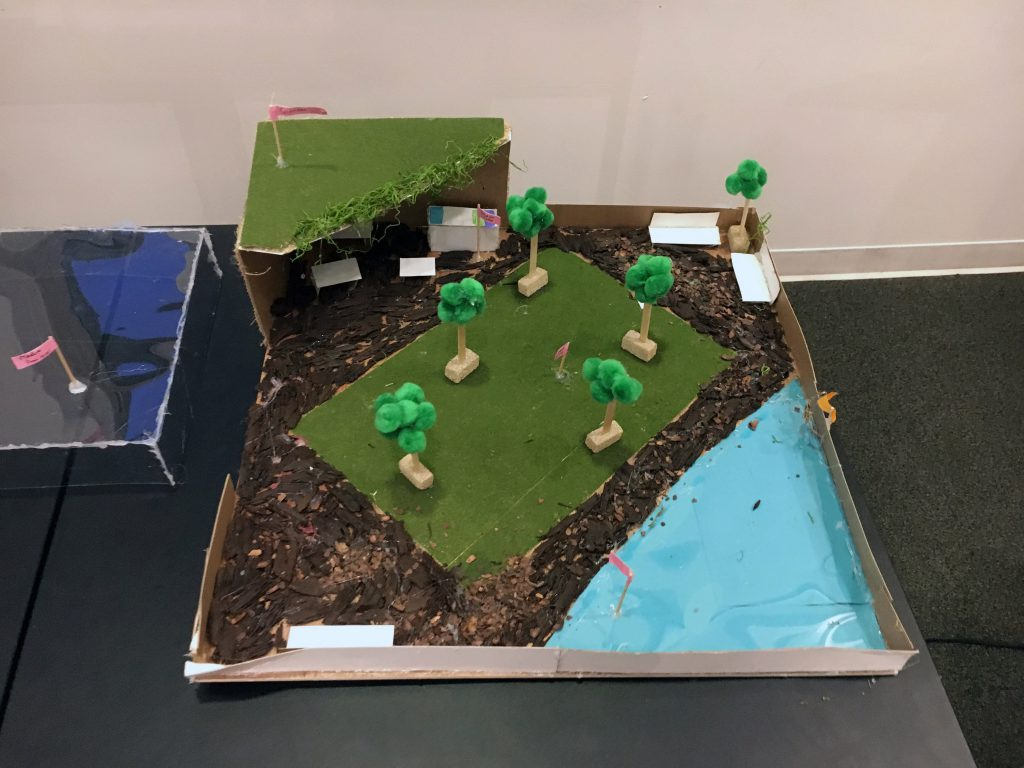
Week 7/8: 8th Grade Students will develop a presentation to be delivered to 3rd Grade Students.(ELA)
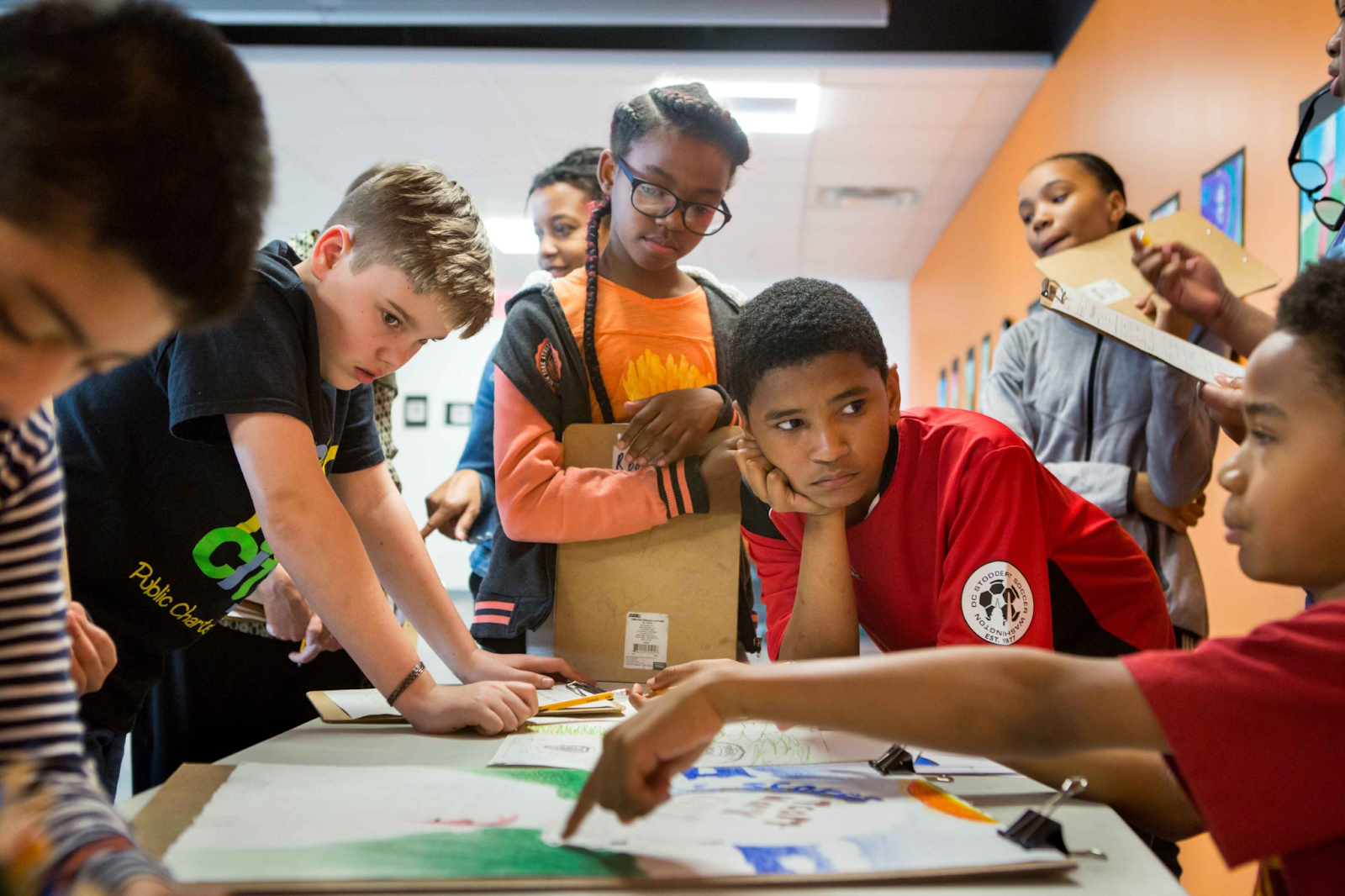
**3rd graders will fill out feedback forms to help critique the work of the 8th graders.
Some texts/tools that we used were:
Anchoring Text: The Street Beneath My Feet
Some community programs that we used were:
Regional Water Authority - Project Water
